Exploring the Phu Tho Hoa Tunnels, young Vietnamese gain newfound respect for the resilience of previous generations.
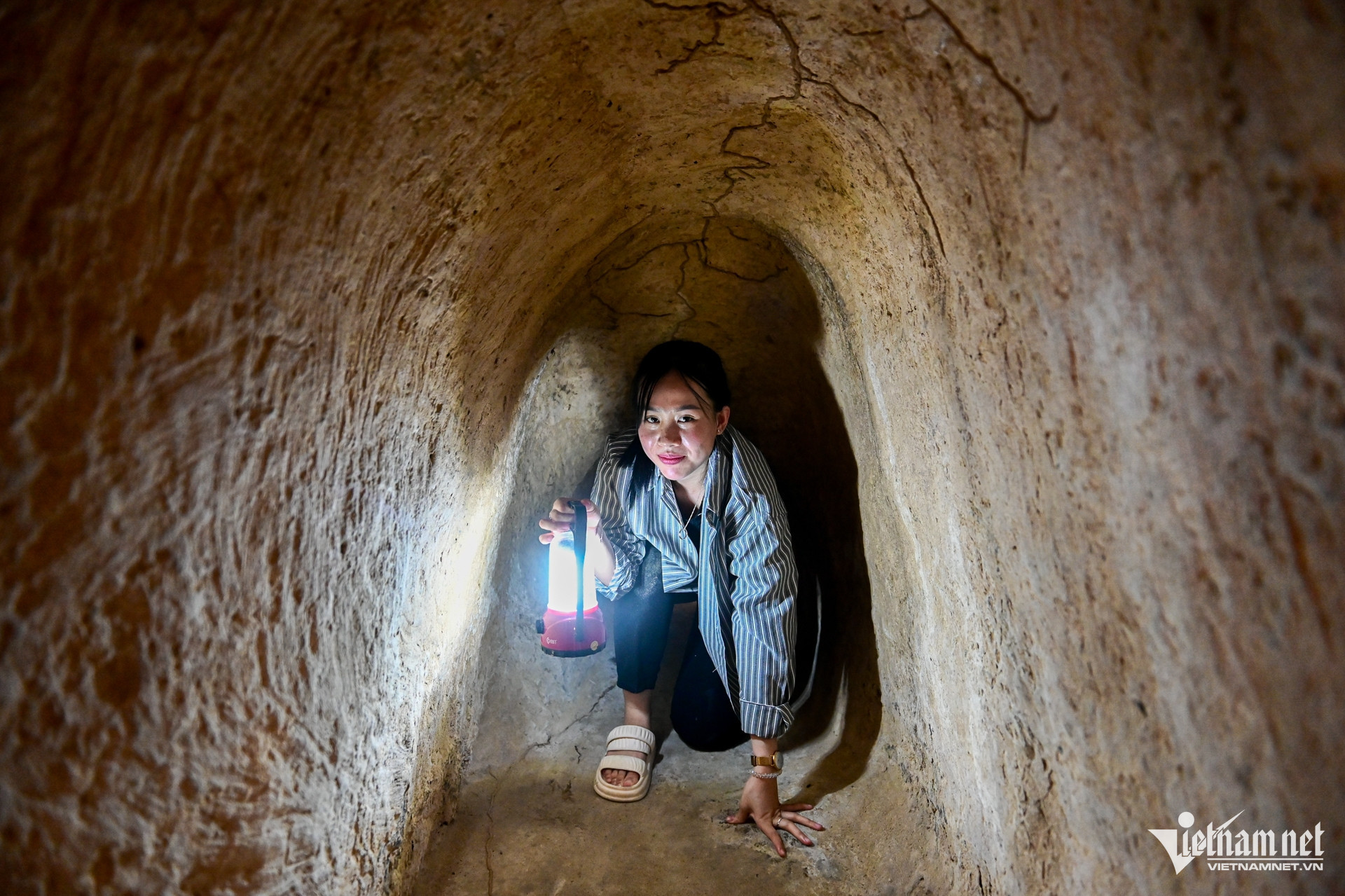
The Phu Tho Hoa Tunnels in Tan Phu District, Ho Chi Minh City. (Photo: Nguyen Hue)
About 100 meters of the Phu Tho Hoa Tunnels (Tan Phu District, Ho Chi Minh City) have been restored, upgraded, and opened to the public free of charge. Originally dug in 1947, the tunnels served as a revolutionary base during the resistance wars against French and American forces.
Located within a 4,000-square-meter area, the Phu Tho Hoa Tunnels are among the first tunnel systems in southern Vietnam. Stretching over 10 kilometers, the tunnels were constructed by revolutionary soldiers in 1947 to support resistance efforts against colonial and imperial forces.
In 1996, the Phu Tho Hoa Tunnels were officially recognized as a National Historical and Cultural Relic.
The tunnel system features multiple branches leading in various directions. The tunnels, spread over more than 10 kilometers, include two underground levels at depths of 3 to 4 meters and widths of about 0.8 meters. Each section of the tunnels was designed with ventilation shafts, camouflaged above ground by termite mounds.
Currently, about 100 meters of the tunnels have been restored and are open for free public tours. However, due to water seepage in certain sections, access to the tunnels is currently limited by the site’s management.
Originally, the tunnel entrances were cleverly disguised under soil mounds or dense foliage, just large enough for a single person to squeeze through. Today, the entrances have been reinforced with cement and wooden covers to accommodate visitors. Since the tunnels are unlit, visitors must carry flashlights during their exploration.
The entrance path descends 3 to 4 meters underground.
Do Hoang Hai, a tour guide at the Phu Tho Hoa Historical Site, shared, "The unique feature of this tunnel system is its undulating, wave-like structure. Every 20 meters or so, a partition with a 0.5-meter-wide hole forces adults to crawl or wriggle through."
Outside the tunnel site, statues depict vivid scenes of guerrilla fighters battling beneath the trenches of southern Vietnam.
Uyen Nhi and Hong Ngoc, residents of Tan Phu District, revealed that this was their first time visiting the Phu Tho Hoa Tunnels, despite living nearby. "After watching a documentary about the tunnels, I became very curious and wanted to experience it firsthand," Uyen Nhi said. "Inside, it’s incredibly small, hot, and hard to move. It makes me deeply admire our forefathers' resilience."
A model at the site depicts French soldiers using sniffer dogs to hunt down revolutionary cadres.
Tools used to dig the Phu Tho Hoa Tunnels are also on display. During the wars against the French colonialists and American imperialists, the tunnels served as a hiding place and operational base for various armed units from Saigon and the districts of Go Vap and Tan Binh, now Tan Phu. Phu Tho Hoa stands as a unique underground military architectural achievement, showcasing the creativity and ingenuity of southern Vietnamese forces in the Southeast region.
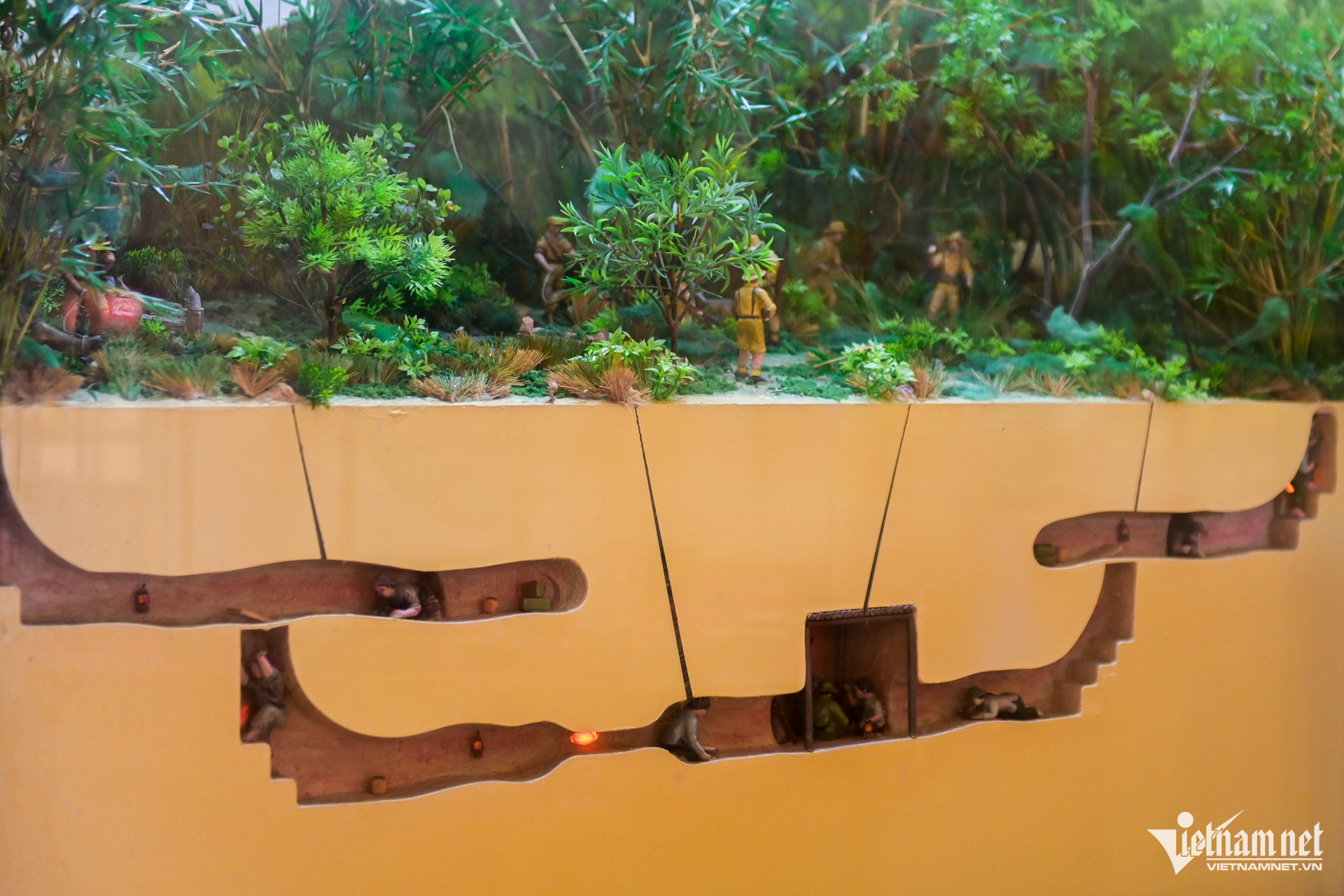
A model of the Phu Tho Hoa Tunnel system. (Photo: Nguyen Hue)
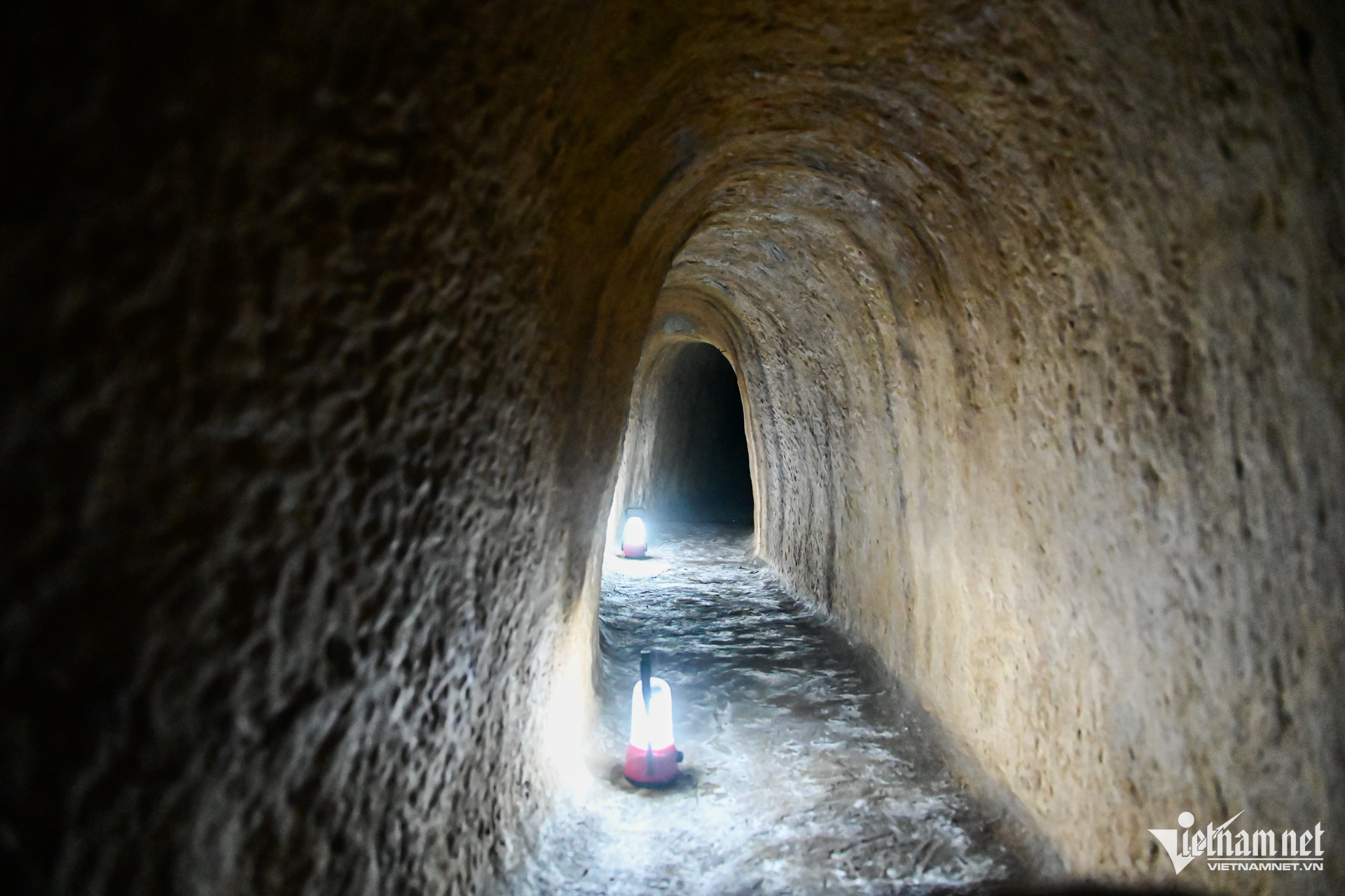
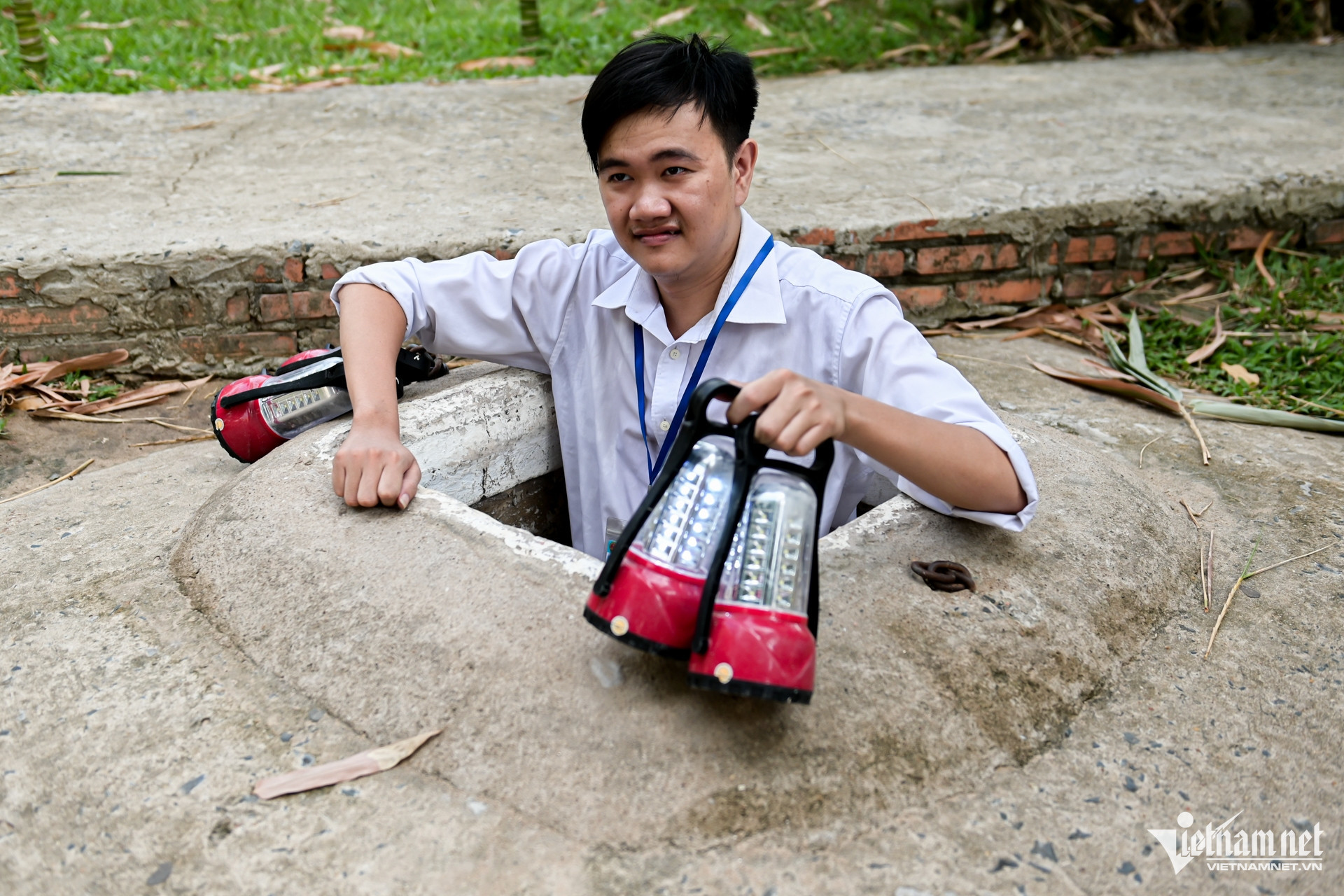
Visitors explore the restored section of the Phu Tho Hoa Tunnels. (Photo: Nguyen Hue)

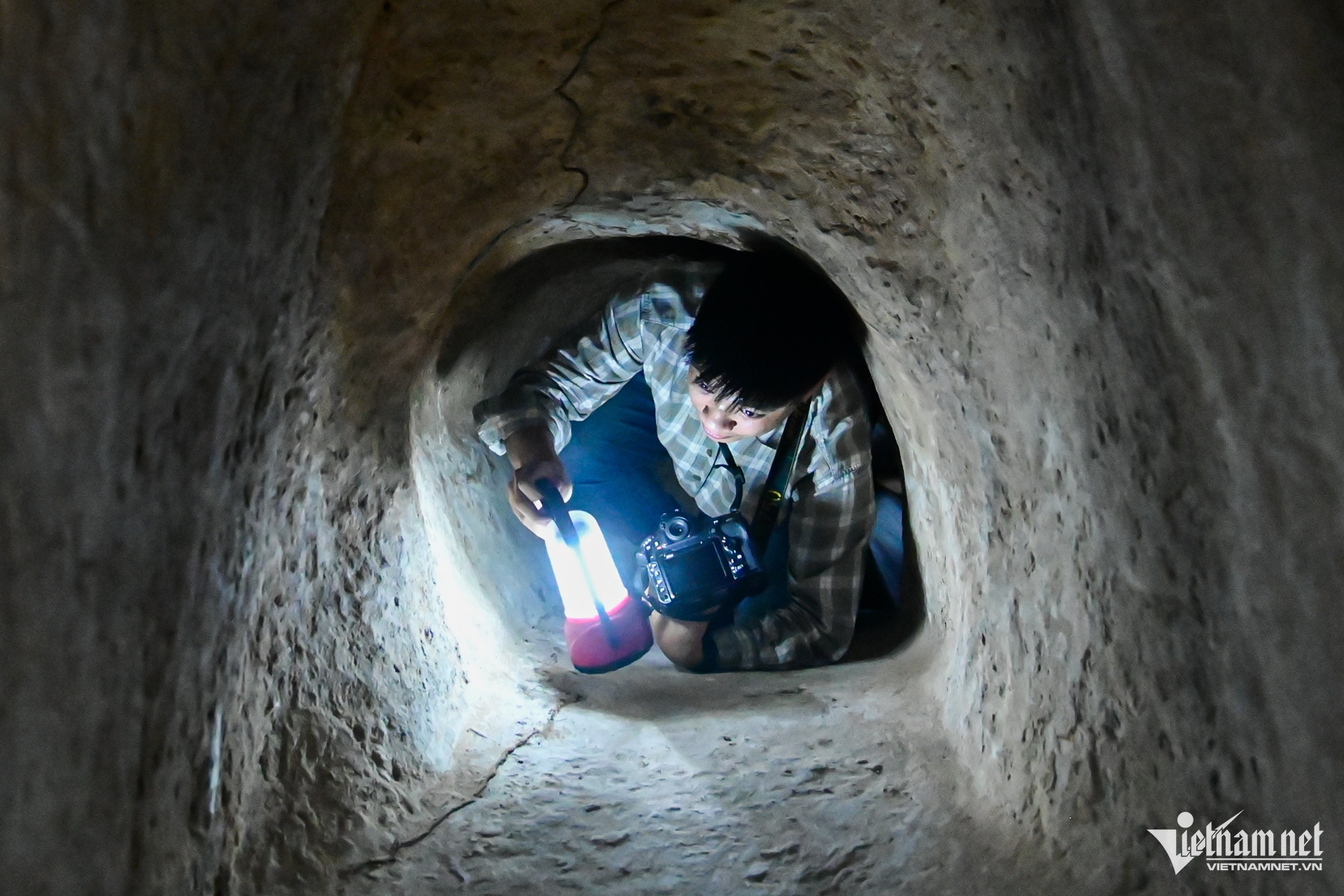
Original tunnel entrances camouflaged among the earth and foliage. (Photo: Nguyen Hue)
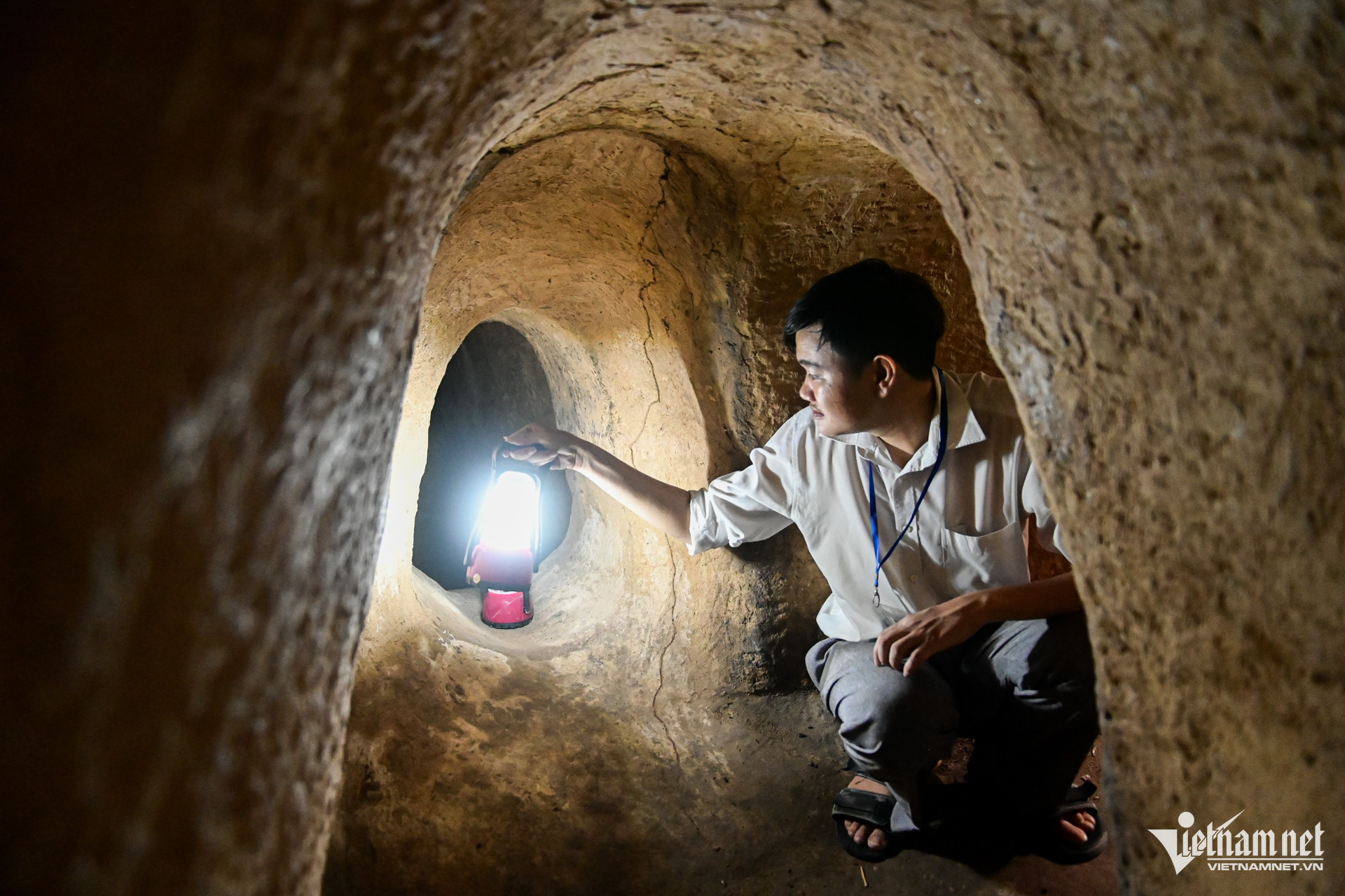
Pathway leading 3-4 meters underground into the tunnels. (Photo: Nguyen Hue)
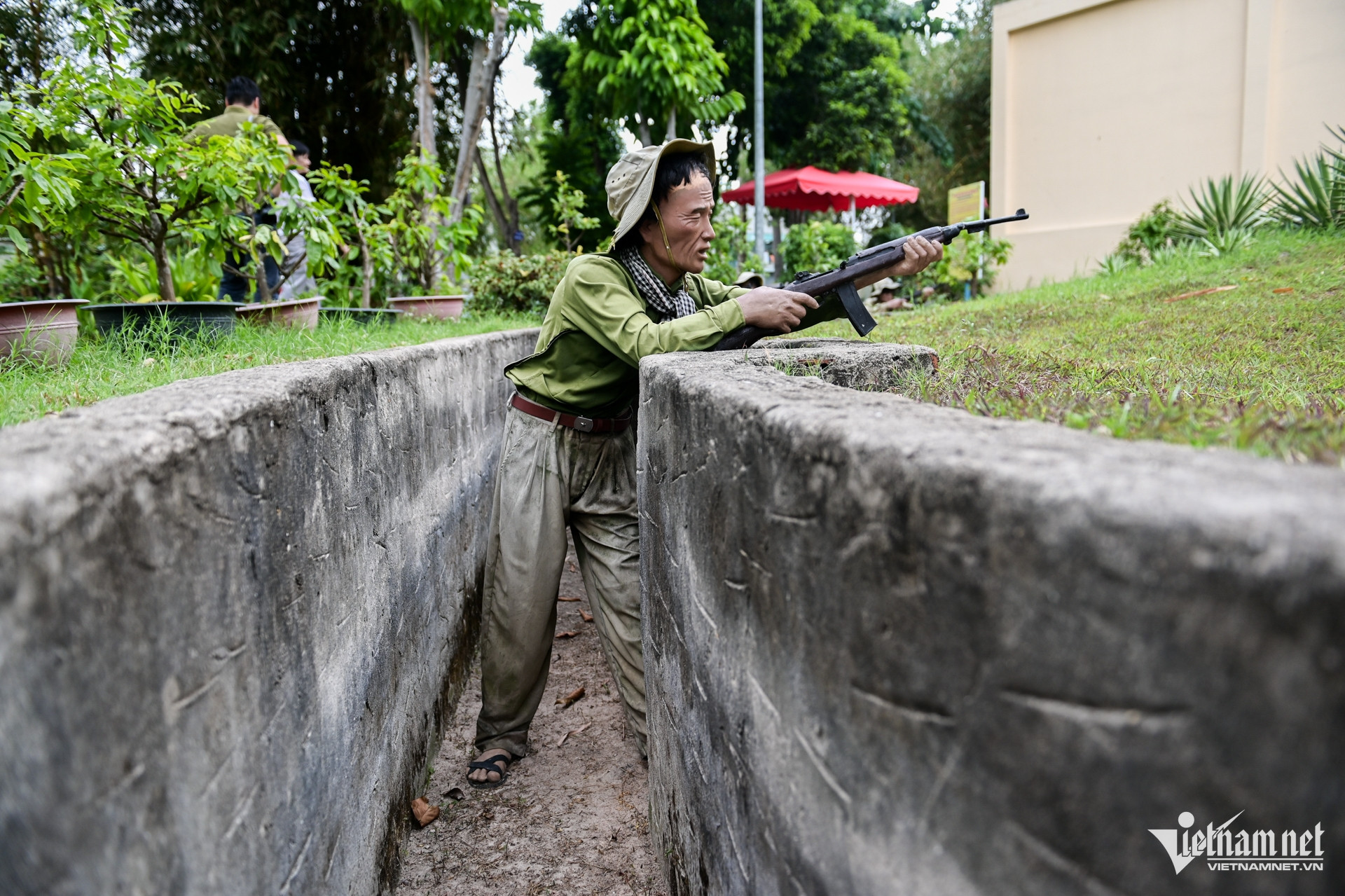
Outside the tunnel site, statues recreate the atmosphere of guerrilla warfare. (Photo: Nguyen Hue)
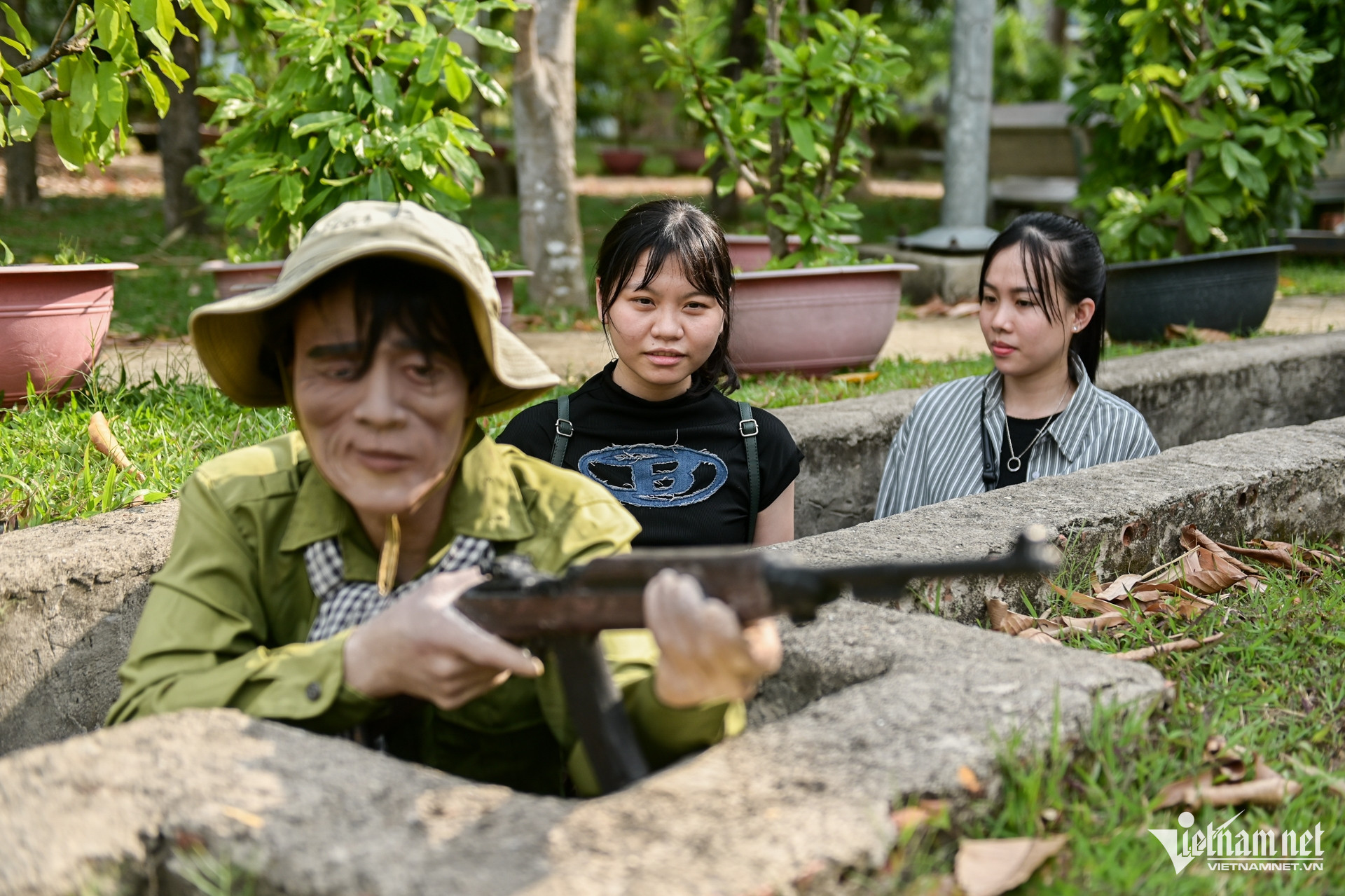
Uyen Nhi and Hong Ngoc experience the tunnels firsthand. (Photo: Nguyen Hue)
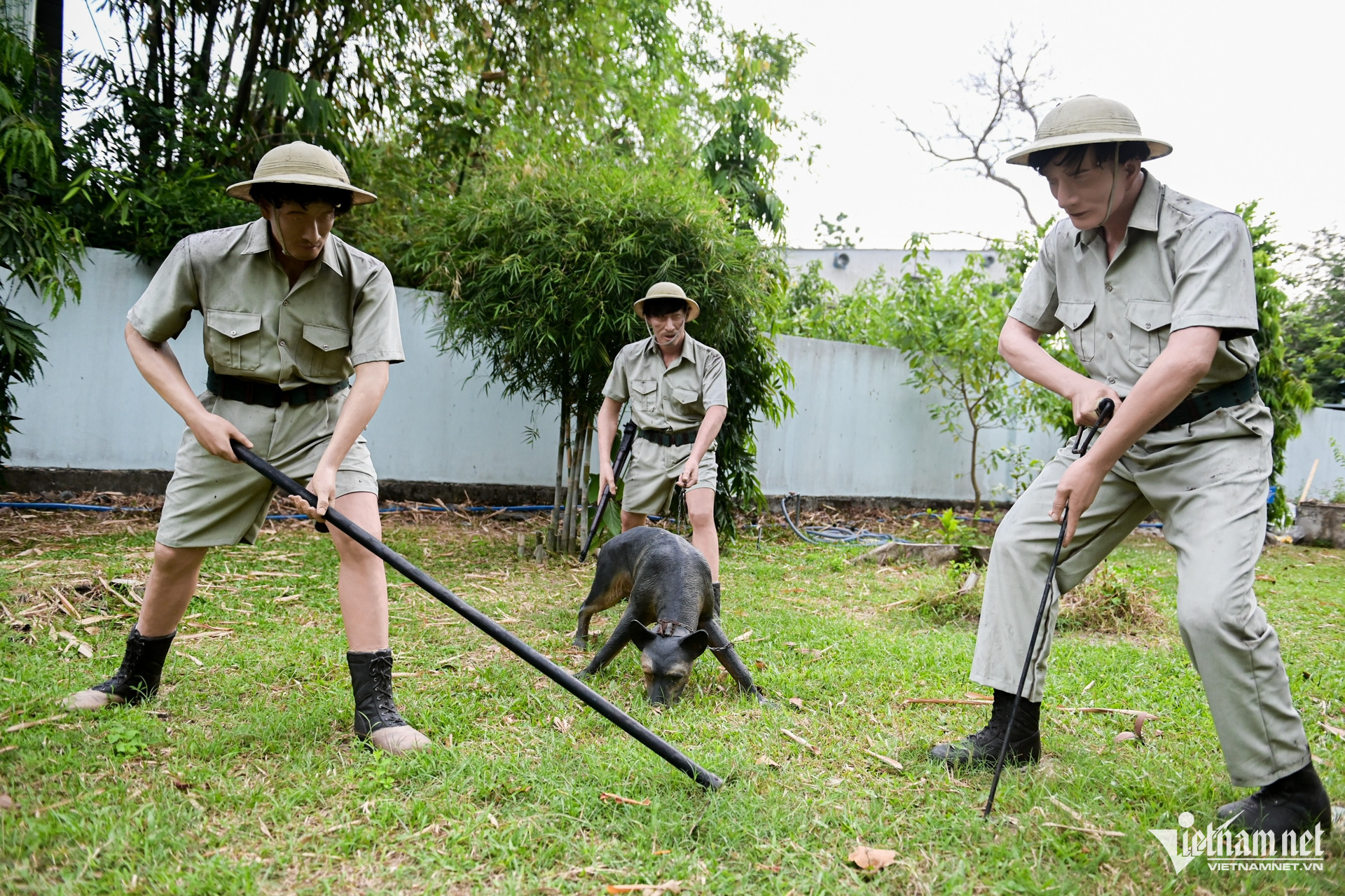
A model shows French forces using sniffer dogs to hunt revolutionaries. (Photo: Nguyen Hue)
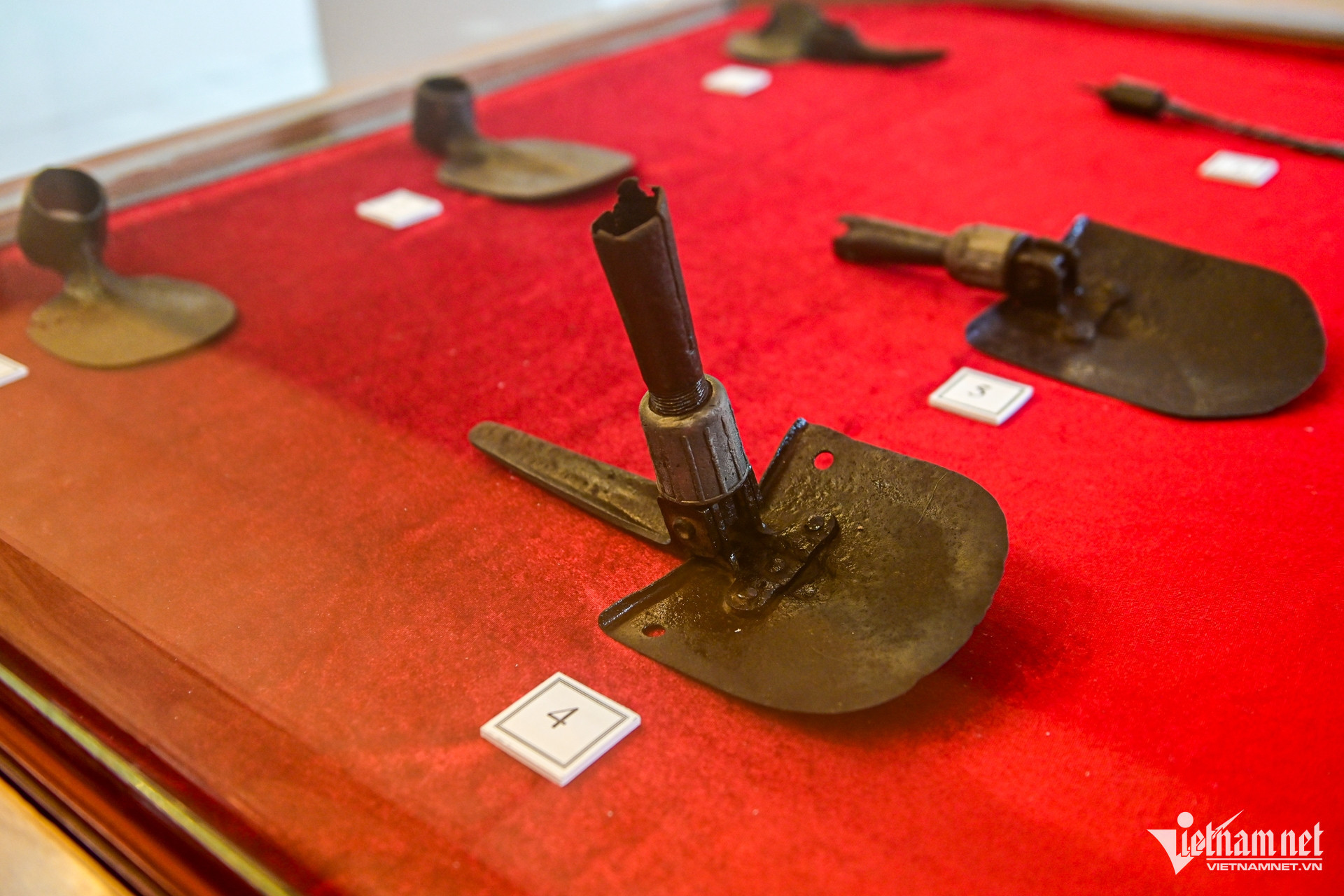
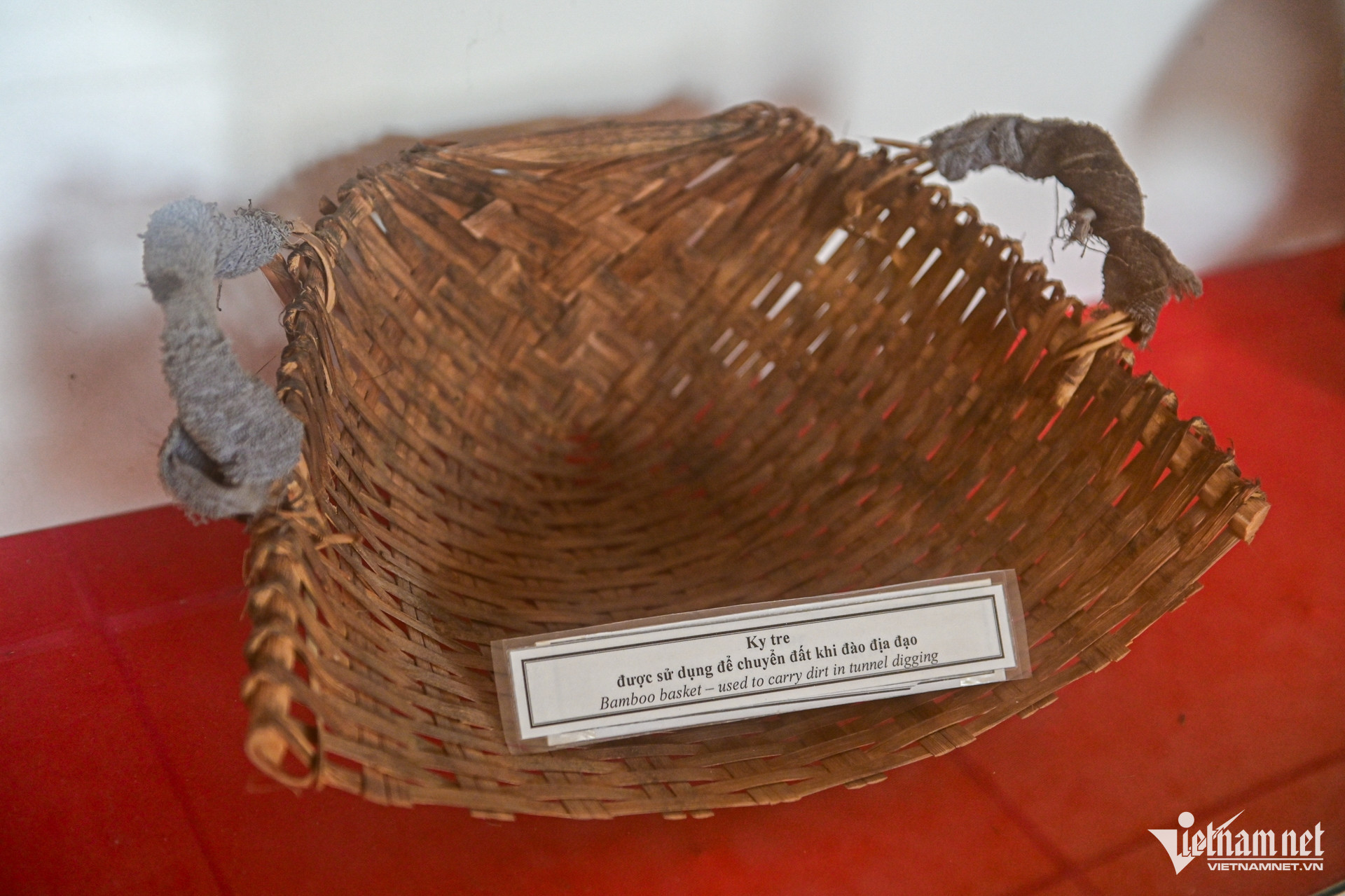
Tunneling tools used during the resistance wars on display. (Photo: Nguyen Hue)
Nguyen Hue